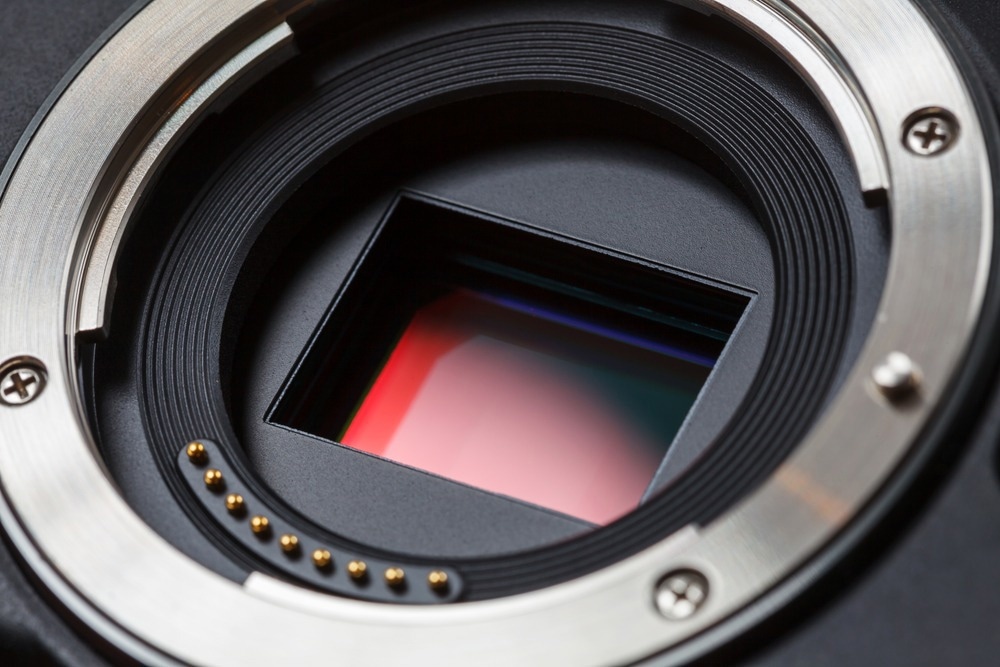In a study published in Applied System Innovation, researchers implemented a barn door tracker and stacking technique with CMOS DSLR or mirrorless cameras to collect data and capture images of low light-emitting sources such as the faint nebulae and the human body.

Study: Analyzing the Electronics of Image Sensors and Their Functionality to Develop Low Light-Emitting Source Image. Image Credit: Alex Yeung/Shutterstock.com
Significance of High/Low Light Intensity in Image Formation
Many modern applications rely on the ever-expanding and versatile field of digital image technology. The most basic requirement for creating a digital picture is developing a latent image on the image sensor.
This latent image necessitates the focus of electromagnetic radiation from the source material on the sensor via a lens system composed of carefully designed glass components. Therefore, the light source becomes the most fundamental and essential requirement for image formation.
The photon generation process determines the strength of this light source. The ideal lighting conditions for photographing a bright object are between 320 and 25,000 lux, with 320 equivalent to office lighting and 25,000 to full daylight.
If this range is exceeded, the camera’s shutter speed will not be quick enough to prevent the light source from saturating the image sensor. However, this problem can be resolved using neutral-density filters or wide-aperture lenses.
The less light intensity there is, the less data the sensor has to generate an image. However, the sensor’s sensitivity to light can be enhanced by amplifying the information/data signal. Unfortunately, this approach increases image noise, resulting in an increasingly grainy image or a longer exposure time.
Low-Intensity Human Bioluminescence
In 2009, Masaki Kobayashi, a Japanese researcher, demonstrated the presence of human bioluminescence by capturing the light in the visible light spectrum with the help of five volunteers. This green light radiated from the area of the neck and cheeks.
The body generates extremely faint light naturally without exogenous photo-excitation due to changes in energy metabolism, which is linked with diurnal variations in photon emission.
However, these bioluminescence radiations cannot be observed because of their extremely low intensity. In addition, the lack of equipment to capture such a small number of photons makes it very difficult to examine them.
Therefore, a system capable of capturing this bioluminescence might shed light on the scientific complexities of human bioluminescence.
Using the Barn Door Tracker and Stacking to Improve Quality and Recover Images Low Light-Emitting Sources
The objective of this study was to develop a setup using readily available equipment that will capture images and gather data from low-light-emitting objects.
A poor resolution was observed when a camera created the optical fluence that radiates from the source. Therefore, an enhanced sensitive imaging system based on a complementary metal-oxide-semiconductor (CMOS) camera with multiple electronic sensors was employed, capturing the daily variation in ultra-weak photon emission.
To increase the system’s accuracy, a barn door star tracker methodology was devised and tested on celestial bodies. This experiment produced many images with total exposure times ranging from 2 to 3 minutes.
The generated images had negligible noise, which was only achievable due to the stacking methodology.
Important Findings of the Study
Multiple frames of the same object were captured and stacked instead of capturing single exposures. Theoretically, this permitted imaging of low-light-emitting sources by altering the number of frames captured to get the appropriate signal-to-noise ratio.
In addition, the proposed setup enabled the simulation of synthetic data using digital signal-processing techniques. Using a CMOS-based camera instead of charged coupled device (CCD)-based sensors reduced the setup cost and limited the exposure time to 2-3 minutes from 30 minutes.
The study demonstrates that remarkable outcomes are possible by employing the simple yet effective combination of the widely accessible CMOS DSLR or mirrorless cameras, the barn door tracker, and the stacking technique.
Until recently, researchers have been unable to adequately explain why mammals exhibit bioluminescence. This phenomenon has been the subject of theories and hypotheses, but no definite conclusion has been established due to a lack of evidence.
The proposed research might contribute to a better understanding of this phenomenon, advancing not just the field of biology but also making it easier to investigate any low-light-emitting source.
It will allow for greater research on human bioluminescence, and more information to analyze and understand the human body’s activities will be available.
Reference
Chiranjeevi, R., Indragandhi, V., Gunapriya, D., Subramaniyaswamy, V., Jasiński, M., Suresh, V., & Leonowicz, Z. (2022) Analyzing the Electronics of Image Sensors and Their Functionality to Develop Low Light-Emitting Source Image. Applied System Innovation. https://www.mdpi.com/2571-5577/5/5/100/htm
Disclaimer: The views expressed here are those of the author expressed in their private capacity and do not necessarily represent the views of AZoM.com Limited T/A AZoNetwork the owner and operator of this website. This disclaimer forms part of the Terms and conditions of use of this website.